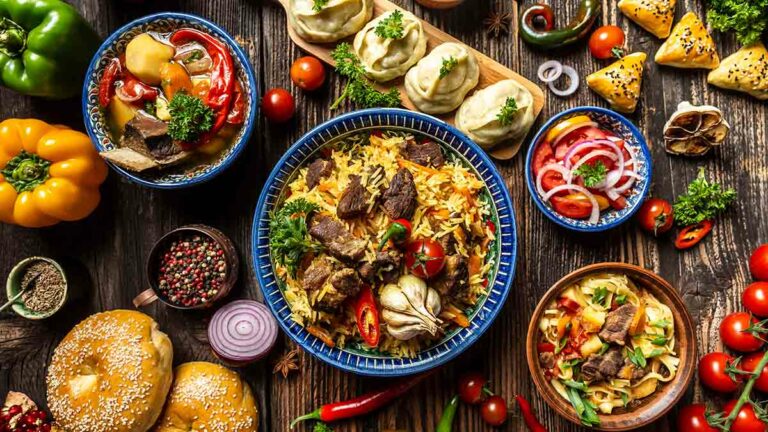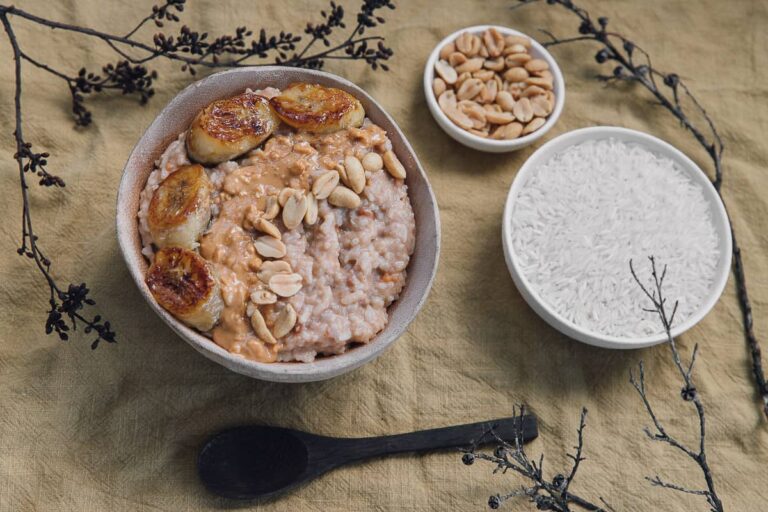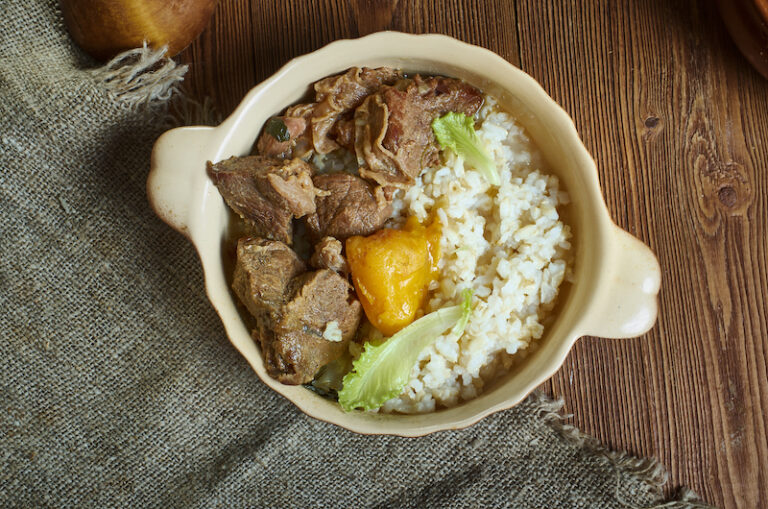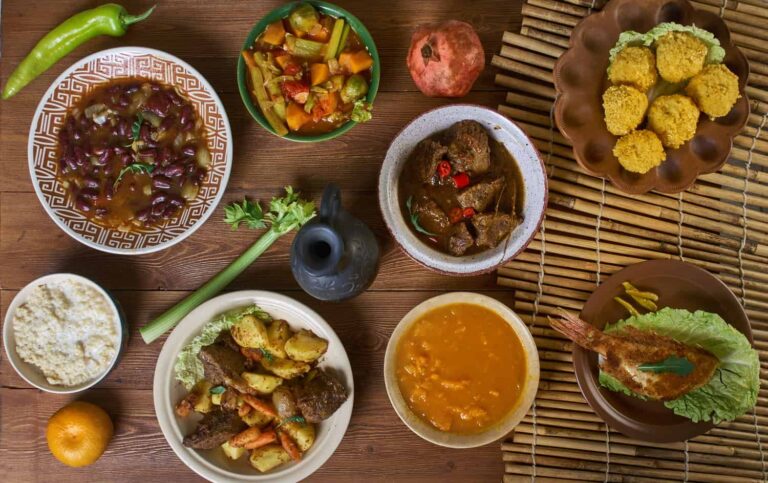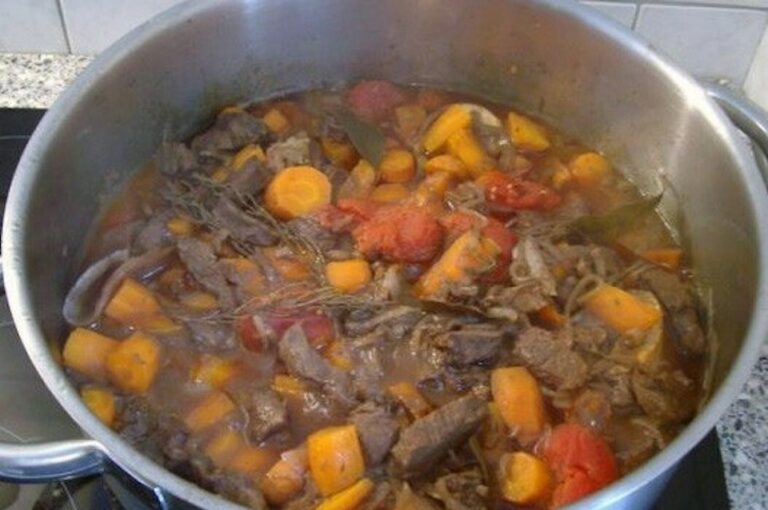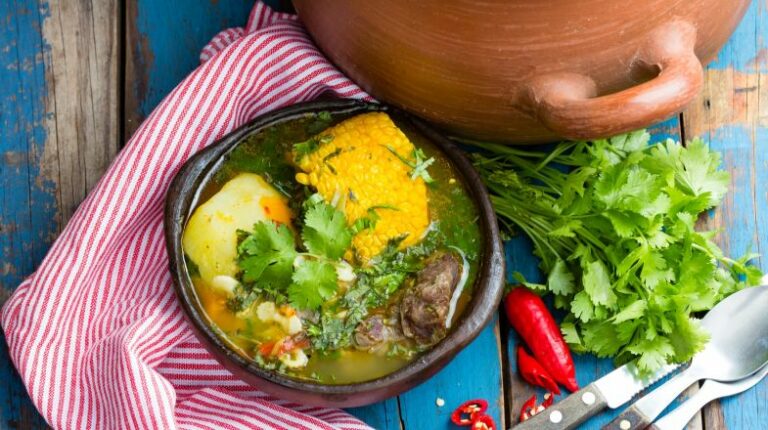Introduction: Canadian Breakfast Culture
Breakfast is an important meal of the day in Canada, and it is considered as a cultural tradition. Canadians take pride in their breakfast cuisine and often incorporate local ingredients into their meals. The traditional breakfast in Canada varies from region to region, and it is influenced by the country’s diverse cultural heritage.
The Traditional Canadian Breakfast: Overview
The traditional Canadian breakfast is a hearty meal that consists of bacon, eggs, and toast. This breakfast is simple yet filling and has been a staple in Canadian households for generations. However, over the years, the traditional breakfast has evolved to incorporate other ingredients, such as pancakes, French toast, and fruit.
A Classic: Bacon, Eggs, and Toast
Bacon, eggs, and toast are a classic breakfast combination in Canada. The bacon is usually crispy and salty, the eggs are cooked to order, and the toast is served with butter and jam. Some Canadians also like to add beans, known as “baked beans,” to their breakfast plate.
Sweet and Delicious: Maple Syrup Pancakes
Pancakes are a popular breakfast option in Canada, and they are often made with maple syrup, a quintessential Canadian ingredient. Maple syrup pancakes are sweet and delicious, and they are often served with whipped cream and fruit. Some Canadians also like to add bacon or sausages to their pancake breakfast.
Savory and Hearty: French Toast
French toast is another classic breakfast option in Canada. It is made by dipping bread in a mixture of eggs, milk, and spices and then frying it until it is golden brown. French toast is often served with butter and maple syrup, and some Canadians like to add fruit or bacon to their French toast breakfast.
Healthier Options: Yogurt, Fruit, and Granola
For those who prefer a healthier breakfast option, yogurt, fruit, and granola are a popular choice in Canada. These ingredients are nutritious and filling, and they can be enjoyed as a light breakfast or as a complement to other breakfast options.
Regional Variations: East vs West
The traditional Canadian breakfast varies from region to region, with the Eastern and Western provinces having their own unique breakfast options. In the East, seafood is often incorporated into breakfast dishes, such as smoked salmon and bagels. In the West, breakfast burritos and breakfast poutines, a dish made with French fries, cheese curds, and gravy, are popular breakfast options.
Conclusion: Exploring Canadian Breakfast Cuisine
Canadian breakfast cuisine is a reflection of the country’s diverse cultural heritage. From the classic bacon, eggs, and toast to the sweet and delicious maple syrup pancakes, there is something for everyone to enjoy. Whether you prefer a hearty or a lighter breakfast, exploring Canadian breakfast cuisine is a must for anyone visiting or living in Canada.

